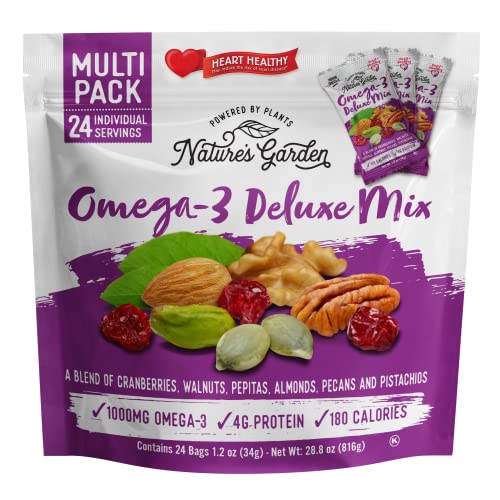Running, dancing, kicking, skating, flipping, and so much more are all fantastic aspects of athleticism and sport.
Being an athlete has numerous health benefits for participants of all ages, but competition and performance expectations increase in some sports. The risks that come from high-performance expectations can affect athletes of all makeup. However, being a female athlete does come with additional responsibilities and the need to understand how excessive energy output can impact your body. Being a competitor has many positive aspects, but as a female, over-training and changes to your nutrient intake can have severe repercussions on your overall health.
The female athlete triad is a constellation of three clinical aspects: menstrual dysfunction, low energy availability (with or without an eating disorder), and decreased bone mineral density.
The catalyst to this interrelated disorder is chronic low energy intake coupled with overtraining or excessive exercise. The imbalance of energy output without appropriate energy input for extended periods directly impacts multiple metabolic processes.
The health impacts from this triad affect all ages, but adolescent females have more significant degradation because they are still developing and growing. The triad can occur across all sports and athletics but is more prevalent in females who participate in sports that emphasize aesthetics or leanness.

Due to this attention on maintaining a specific appearance or weight, purposeful or even unintentional, restrictive eating patterns can start. The triad does not automatically lead to digestive distress, but GI issues and symptoms can become a side effect of various habits that trigger the triad. Under-fueling the body can lead to deficiencies in many nutrients, which leads to menstrual dysfunction and decreased bone mineral density.
Some athletes will use diet pills, laxatives, appetite suppressants, or other methods to meet the demands of their sport. This not only impacts the absorption of nutrients but also dehydrates the athlete. Following this behavior pattern can lead to GI symptoms or disorders because the gut cannot maintain its integrity and overall health if it is not adequately nourished.
Undesirable GI symptoms from restrictive eating and dehydration include abdominal cramping, bloating, constipation, or diarrhea. The gut microbiome becomes disrupted due to a lack of proper nutrients or if an external effort is made to flush food quickly through the system. This occurs when abuse of laxatives causes chronic diarrhea, which depletes your GI tract of beneficial gut bacteria leading to a swarm of GI issues.

Issues resulting from laxative overuse include depletion and disruption of minerals and electrolytes, which can upset the balance of vital organ function. There can also be long-term dependence on laxatives after abuse resulting in damage to the colon, irritable bowel syndrome, and in some cases, liver damage. Laxatives only eliminate water weight as they impact the large intestine and colon. The small intestine is where most foods and nutrients are absorbed; therefore, the weight loss associated with laxative use contains little food and all water.
Not consuming enough calories (whether on purpose or unintentionally) will throw off how efficiently the body works, and you may spend a lifetime adapting to the long-term effects of this behavior. Restrictive eating in females reduces the amount of essential body fat a woman needs for reproductive function, hormone regulation, and regular and consistent menses. Amenorrhea (absence of menses) throughout a young female’s post-pubescent years can seriously impact fertility later in life. Deceased bone density leads to injury, reduced ability to compete, and poor performance.
The three factors that make up the Female Athlete Triad are all interrelated, as one aspect impacts the other two. Maintaining optimal health is the goal of maintaining healthy caloric intake with consistent menstrual cycles and optimal bone mineral density.
There are so many positive health outcomes that can result from being a female athlete, but getting caught up in weight, aesthetics, and other unhealthy behaviors negates all the good you are doing for your body. Remember why you wanted to play this sport, focus on the positive aspects of athletics and find help if you are pressured into participating in damaging behaviors.
- Nazem, T. G., & Ackerman, K. E. (2012). The female athlete triad. Sports health, 4(4), 302–311.
- Weiss Kelly, A. K., Hecht, S., & COUNCIL ON SPORTS MEDICINE AND FITNESS (2016). The Female Athlete Triad. Pediatrics, 138(2), e20160922.
- Laxative abuse. National Eating Disorders Association. (2018, February 22).
- Mallinson, R., & De Souza, M. J. (2014). Current perspectives on the etiology and manifestation of the "silent" component of the Female Athlete Triad. International Journal of Women's Health, 6, 451-467.




















Comments
Join The Conversation...